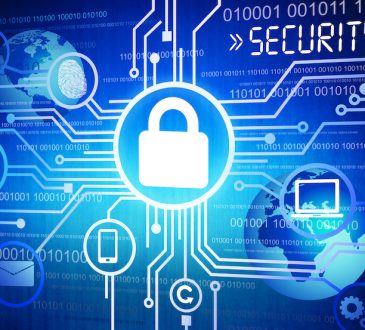
Buying a new property and getting a thorough vital building inspection are crucial steps. A quality building inspection uncovers potential issues and valuable insights into the property’s condition before finalizing the purchase. Building inspections have relied heavily on the inspector’s experience, visual observations, and basic tools. Inspectors would physically examine every aspect of the property, from the foundation to the roof, taking notes and photographs. At the same time, this approach still has wide limitations. Certain areas may be difficult to access or inspect thoroughly, and some issues may go undetected by the naked eye.
Rise of technology in building inspections
Integrating technology into building inspections has opened up a world of new possibilities. These innovations, from advanced imaging techniques to specialized software and drones, enhance the inspector’s capabilities and provide a more detailed understanding of a property’s condition.
- Thermal imaging cameras
The most technological advancement in vitalbuildinginspection is thermal imaging cameras. These specialized cameras detect infrared radiation, allowing inspectors to identify temperature variations within a building’s structure. This technology is invaluable for detecting moisture intrusion, insulation deficiencies, and electrical hot spots visible to the naked eye.
- Drones and aerial inspections
Inspecting hard-to-reach areas, such as roofs, chimneys, and high-rise buildings, has traditionally been challenging and potentially dangerous. However, drone technology has revolutionized this aspect of building inspections. Equipped with high-resolution camera imaging capabilities, drones safely and efficiently inspect these areas, providing detailed visual data of accidents.
- 3D scanning and modeling
The technological advancement in building inspections is 3D scanning and modelling. This technology allows inspectors to create highly accurate digital property representations, precisely capturing every detail. These 3D models are used for various purposes, including identifying structural issues, measuring dimensions, and creating virtual walkthroughs for clients.
- Moisture detection tools
Moisture building problems lead to mould growth, structural damage, and other issues. Traditional moisture detection methods often involve invasive techniques or reliance on visual cues. However, modern moisture detection tools, such as thermal hygrometers and moisture meters, provide a non-destructive and highly accurate way to identify moisture problems, allowing inspectors to pinpoint the source and take appropriate action.
- Software and data management
Integrating specialized software and data management systems has also played a crucial role in enhancing building inspections. These tools allow inspectors to streamline their processes, manage data more efficiently, and provide comprehensive reports to clients. From mobile apps that facilitate on-site data collection to cloud-based platforms for storing and sharing inspection reports, technology is helping to make the entire process more organized and accessible.
The role of technology in building inspections is expected to continue expanding in the years to come. As new technologies emerge and become more accessible, inspectors will have access to even more powerful tools to assess a property’s condition. Potential future advancements include the integration of artificial intelligence learning algorithms to assist in data analysis and defect detection, as well as using augmented reality and virtual reality technology for immersive inspections and training purposes.




